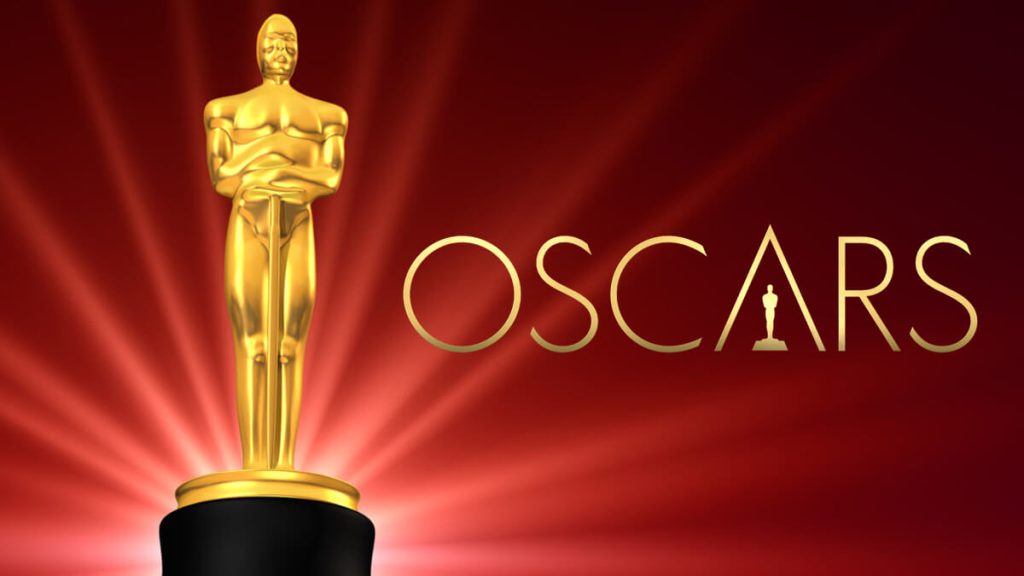Last November, I celebrated my 30th birthday by visiting the Academy Museum of Motion Pictures in Los Angeles. The Academy of Motion Pictures and Sciences had been planning the museum for decades, navigating extensive delays and several leadership changes to fulfill its “[devotion] to the arts, sciences, and artists of moviemaking.” I wanted to immerse myself in a form of entertainment that means so much to me that I am learning to appreciate it as a creative medium. Who better to educate me and other museum visitors than the Academy, the organizers of the Oscars, and the self-proclaimed stewards of excellence in motion pictures?
A Brief Museum Trip

The Academy Museum approaches engagement with cinema’s vast history differently than I expected. Rather than just recap Oscars history, the museum dips into pocket dimensions, disparate but equally engrossing modes of historical and modern cinema. You can learn about the Oscar-winning works of Pedro Almodóvar and Hayao Miyazaki in the same place where you can hold a real-life statuette and imagine yourself as a winner. One room will transport you through a stunning gallery of costumes from Midsommar to How To Marry a Millionaire, while another explores how Hollywood supported (and failed) cultural movements. Another exhibit, dedicated to practical and digital effects, displays iconic designs from The Shape of Water, Dracula, and Star Wars. While not extensive, the museum shows that the Academy treats its stewardship of motion pictures seriously.
The Academy’s Attempts to “Fix” the Oscars
It’s hard to reconcile the Academy Museum with the past few months. Again, the Academy is in crisis over the Oscars’ relevance, contending with steep declining ratings and claims that it doesn’t reflect actual film audiences. It has a long history of questionable, cringe-worthy, and ultimately harmless choices to preserve the ceremony. (The 1989 ceremony’s mega-camp opening number where Snow White and Rob Lowe performed “Proud Mary” is a notable exception.) In recent years, the Academy has been particularly bullish in desperately contorting the Oscars to appeal to the broadest possible audience. 2018 was a particularly rough year, with reviled plans for a Most Popular Film category and to present categories like Cinematography and Editing during the commercial breaks.
However, this year, the Academy’s changes have barrelled past curious and offensive to profane. The #OscarsFanFavorite and #OscarsCheerMoment campaigns are its latest attempt to engage casual movie fans (who might’ve been upset that the top-grossing Spider-Man: No Way Home wasn’t nominated for Best Picture). It allows them to split the difference between honoring the cinematic excellence and kowtowing to the “average moviegoer” and giving them a reason to watch. The Academy is making room for these “winners” by pushing eight categories before the main ceremony and cutting them into the main telecast. It insists that viewers won’t know the difference, but that hasn’t comforted craft members, who have swiftly rebuked the change with the #PresentAll23 hashtag.
The message behind these changes is clear and stark. The Oscars are in trouble, and the Academy will go to extremes to fix it. Anyone who knows history and has basic common sense could tell you that spectacular backfire was inevitable.
The results have proven to be worse than expected.
The #OscarsFanFavorite Debacle

Some of the finalists in the #OscarsFanFavorite campaign come as no surprise: No Way Home is there, as are Dune and The Power of the Dog, both of which are the year’s top-nominated films. Amongst them are Cinderella, starring pop star Camila Cabello; Zack Snyder’s other 2021 film Army of the Dead; Sing 2, the family-focused sequel with animals singing pop songs; and Minamata, a film about photographer Eugene Smith starring Johnny Depp.
In other words, #OscarsFanFavorite is a chaotic shambles. The Academy presumed the non-award shortlist would have relatively harmless box office successes. That tracks with the presence of No Way Home and Dune. The other notable contenders are films buoyed by the passionate fanbases of its celebrities. Cinderella landed with a critical and commercial “meh,” but Cabello’s social media-savvy stans are seeking redemption. Zack Snyder fans are the most infamous on the Internet, for better or worse. They likely view #OscarsFanFavorite as another way to canonize their beloved filmmaker. (Because Zack Snyder’s Justice League is ineligible, Army of the Dead is a suitable stand-in.) I can’t speak much to Minamata, as I had never heard of it before this list. The film appears to be supported by Johnny Depp’s fanbase, which has been fighting ardently to reverse the damage to his career in recent years.
Absent from #OscarsFanFavorite are House of Gucci, No Time to Die, F9: The Fast Saga, Red Notice, and Free Guy, which average moviegoers actually saw in theaters or streamed at home. Wouldn’t any of those qualify for #OscarsFanFavorite over Cinderella or Minamata if the campaign operated as intended? Of course not. The contest was never going to acknowledge mainstream movie taste. Fervent fanbases and trolls spamming the contest for memes were destined to hijack the contest. It was always going to be a display of just desserts, to see Brad Pitt or Viola Davis announce Cinderella as the “fan favorite.” Meanwhile, the Best Costume Design Oscar winner has to sit and watch, knowing their moment of glory was unworthy of the main show.
Unpacking the Academy’s Identity Crisis

This awards season of unforced errors crystallizes the severity of the Academy’s identity crisis. It is terrified that if the general public doesn’t care about the Oscars, then it is headed for extinction.
That logic misunderstands who and what the Academy stands for and Hollywood’s evolution in the last two decades. For reasons too complicated to fully outline here, the landscape has shifted away from the days where Best Picture contenders and top-grossing films often overlapped. (Black Panther and Joker are recent exceptions.) These days, big-budget action-adventure projects based on well-known IP fill theaters. They are enjoyable experiences in their own right, but are not necessarily exemplary works of film craft. That leaves the Academy in a bind. Does it shift its calculus of outstanding work of film craft to encompass these films?
I would argue not. While fallible, the Academy is an institution that celebrates movies as an art form. That shouldn’t change because Hollywood is preoccupied with the concept of content. The Academy should certainly acknowledge films and performances that they would’ve overlooked in the past due to biases. (The recent expansion of its membership has yielded promising results, like Parasite’s Best Picture win.) It shouldn’t modulate its standards of excellence and taste to appeal to general audiences. That’s what the People’s Choice Awards is for.
What Can The Academy Do?
The Academy could leverage its influence and name recognition to clarify its position as a steward of filmmaking. It could take a page from the Academy Museum and develop programming hosted by A-listers, either with its broadcast networks or a streaming service, exploring different filmmaking crafts. Think of Meryl Streep as Miranda Priestly or Robert Pattison as Batman examining costume design, or Keanu Reeves and Carrie-Ann Moss walking us through the evolution of stunt work. (It could also tie in to the Academy finally giving an Oscar for stunt performers.) I imagine the craftspeople behind our favorite films would appreciate the special attention. Those specials would also offer context behind the categories that casual Oscar viewers might not understand. Who knows, it might even inspire the next generation of filmmakers, which should greatly concern the Academy.
The Academy could also advocate for the films it is acknowledging. If one of the chief criticisms is that no one has seen the nominated films, why not push studios to release Oscar-caliber films all year long? If it can’t expand the awards season window, the Academy could lobby studios and distributors to make these films more accessible. For instance, Apple released Best Picture nominee CODA in theaters for free to build buzz, and it’s already paying off. Maybe the Academy could develop a streaming portal where audiences could watch two Best Picture nominees a week up until the ceremony, building anticipation? You could argue that distributors and publicists are responsible for tactics like these. If the Academy is so frantic over its future, it should take a more active and less reactionary role.
“Remember Who You Are”
The Oscars matter. I wouldn’t have written the previous 1,200 words if they didn’t. Filmmakers and movie lovers get to celebrate the film medium and how it make us think and feel. Casual viewers get to see their favorite celebrities dressed to the nines and celebrate their successes, and perhaps gain exposure to new films for the first time. Both are perfectly valid reasons for watching the Oscars. Not being interested at all is also valid. The Academy has been stretching itself thin and debasing itself to serve all three groups. It has been disheartening to watch, and everyone deserves better. Despite the Academy’s belief, the damage is not critical. The first step is to remember its mission and what it stands for.
The Academy Museum is a good place to start.
A late-stage millennial lover of most things related to pop culture. Becomes irrationally irritated by Oscar predictions that don’t come true.







